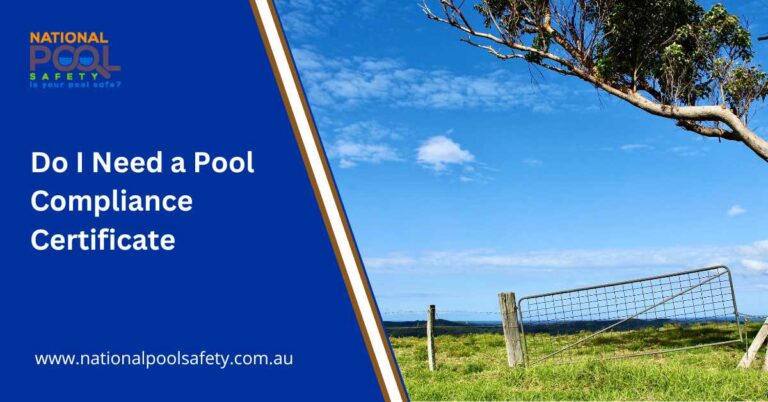How do i find my property boundary line nsw

When it comes to homeownership, one of the most important things to understand is the boundary of your property. Whether you’re planning to build a fence, construct an extension, or simply resolve a dispute with a neighbor, knowing where your property begins and ends is essential. In New South Wales (NSW), there are several ways to find and confirm your property boundary lines. To learn about our services for obtaining a Swimming Pool Certificate of Compliance in NSW, visit our dedicated page here.
Why Are Property Boundaries Important?
Property boundaries are legally defined lines that mark the extent of your land ownership. These lines not only ensure you stay within your property when building structures but also help in avoiding disputes with neighbors over land usage or construction. Misunderstanding these boundaries can result in legal issues, fines, or costly renovations if you inadvertently build on your neighbor’s land.
How to Locate Your Property Boundary Line in NSW
If you’re unsure where your boundary lines are, there are a few methods you can use to locate them.
1. Land Title Documents
One of the most straightforward ways to find your property boundary is by referring to your land title documents. These documents contain legal descriptions of the property, including a map that shows the boundaries. You can obtain a copy of your land title from the NSW Land Registry Services. The land title will give you an idea of the precise measurements and shape of your land.
2. Surveyor’s Report
For a more accurate determination of your boundary lines, you can hire a registered surveyor. A surveyor uses specialized equipment to measure the exact boundaries of your land and provides a detailed report. In NSW, surveyors are licensed professionals, and it’s highly recommended to hire one if you’re planning major renovations, building a fence, or if you’re involved in a boundary dispute.
3. Council Plans and Zoning Maps
Your local council holds property plans that show boundary lines. These plans can be helpful for getting a general idea of the property boundaries in relation to your neighbors. Additionally, council zoning maps show the areas designated for residential, commercial, or industrial use, which may also reflect boundary lines. You can usually access these maps by visiting your local council or viewing their website.
4. Online Tools (NSW Spatial Services)
NSW Spatial Services offers an online tool that allows property owners to view detailed maps, including boundary lines, of their properties. These maps are based on survey data and can be a helpful starting point if you’re trying to confirm boundary locations without needing to hire a surveyor. Simply enter your property address into the tool, and you’ll be able to access maps with boundary lines and land features.
Common Mistakes When Determining Boundary Lines
It’s easy to make mistakes when trying to locate boundary lines yourself. One common mistake is assuming that fences or hedges automatically follow the property boundary. This is not always the case, as fences may have been placed incorrectly by previous owners or adjusted over time. It’s important to always rely on legal documents or professional surveyors rather than physical markers that may not be accurate.
Another mistake is relying on outdated maps or documents. Land boundaries can shift slightly over time due to changes in zoning or construction work, so it’s crucial to ensure you have the most recent information available.
What to Do If There’s a Boundary Dispute
If you find that there’s a disagreement between you and your neighbor regarding the location of the boundary line, the first step is to try to resolve the matter amicably. You can present your land title documents or hire a surveyor to clarify the situation.
If the dispute cannot be resolved, mediation services are available through the NSW Department of Fair Trading, which offers a structured way to reach an agreement. If mediation fails, legal action may be necessary, though this should be considered a last resort due to the costs involved.
FAQs
How often should I check my property boundaries?
It’s a good idea to verify boundaries before any major construction, or if there are signs of a boundary dispute.
What do I do if my fence is not on the boundary line?
If your fence is not aligned with the legal boundary, you may need to adjust or move it to avoid encroaching on your neighbor’s property.
How much does it cost to hire a surveyor in NSW?
Costs vary depending on the complexity of the survey, but you can expect to pay between $500 and $1,500 for a standard property survey.
Can I access boundary information online for free?
Yes, NSW Spatial Services provides free access to property maps that show boundary lines, but hiring a surveyor will give you a more accurate result.
Conclusion
Always remember, when in doubt, consult with a registered surveyor or legal professional to ensure that your boundary lines are accurate and up to date. For expert assistance, feel free to contact us for a consultation on your property boundaries.




